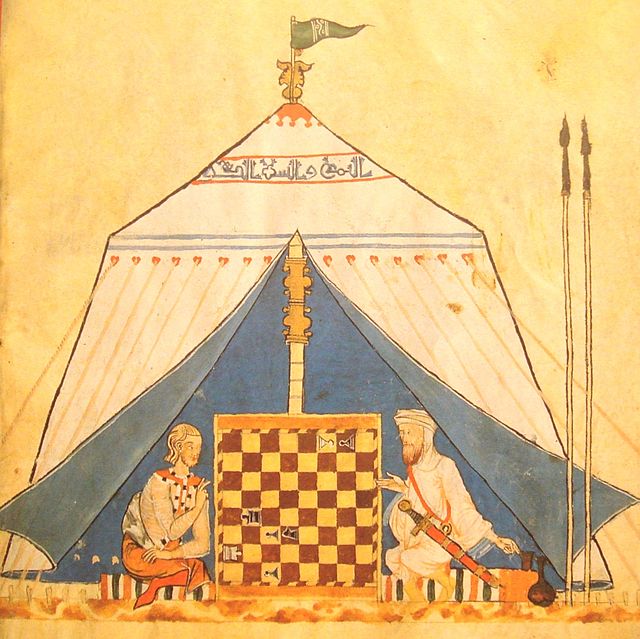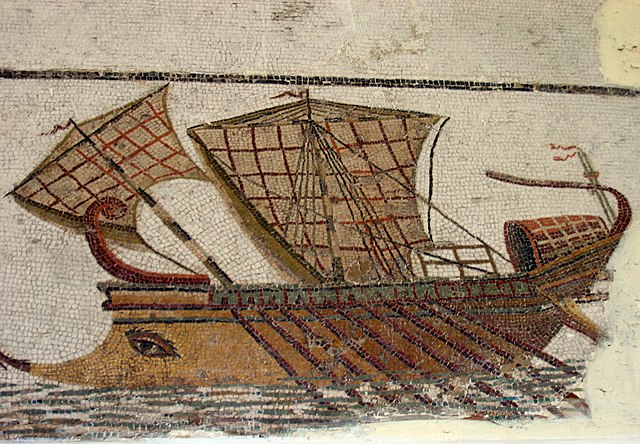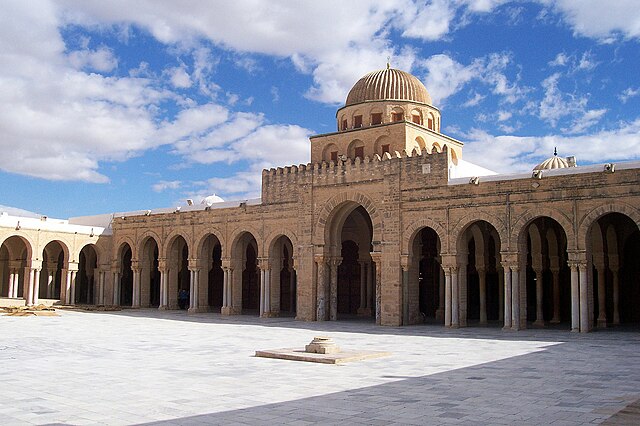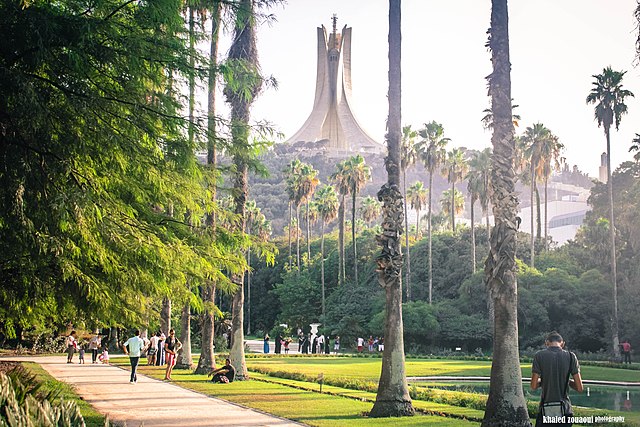The term Moor is an exonym first used by Christian Europeans to designate the Muslim populations of the Maghreb, al-Andalus, Sicily and Malta during the Middle Ages. Moors are not a single, distinct or self-defined people. The 1911 Encyclopædia Britannica observed that the term had "no real ethnological value." Europeans of the Middle Ages and the early modern period variously applied the name to Arabs, Berbers, and Muslim Europeans.
Castillian ambassadors attempting to convince Moorish Almohad king Abu Hafs Umar al-Murtada to join their alliance (contemporary depiction from the Cantigas de Santa María)
Christian and Moor playing chess, from The Book of Games of Alfonso X, c. 1285
Moros y Cristianos festival in Oliva.
The Great Mosque of Kairouan was founded by the Arab general Uqba ibn Nafi in 670 during the Islamic conquest, to provide a place of worship for recently converted or immigrating Muslims.
The Maghreb, also known as the Arab Maghreb and Northwest Africa, is the western part of the Arab world. The region comprises western and central North Africa, including Algeria, Libya, Mauritania, Morocco, and Tunisia. The Maghreb also includes the disputed territory of Western Sahara. As of 2018, the region had a population of over 100 million people.
Maghreb head ornament (Morocco)
Roman trireme on a mosaic in the Bardo Museum, Tunisia
The Great Mosque of Kairouan, founded by the Arab general Uqba Ibn Nafi (in 670), is the oldest mosque in the Maghreb city of Kairouan, Tunisia.
Algiers, Algeria








